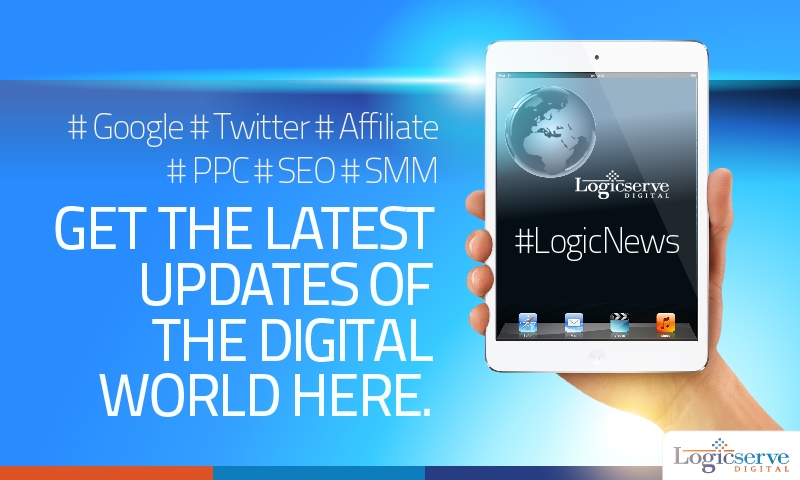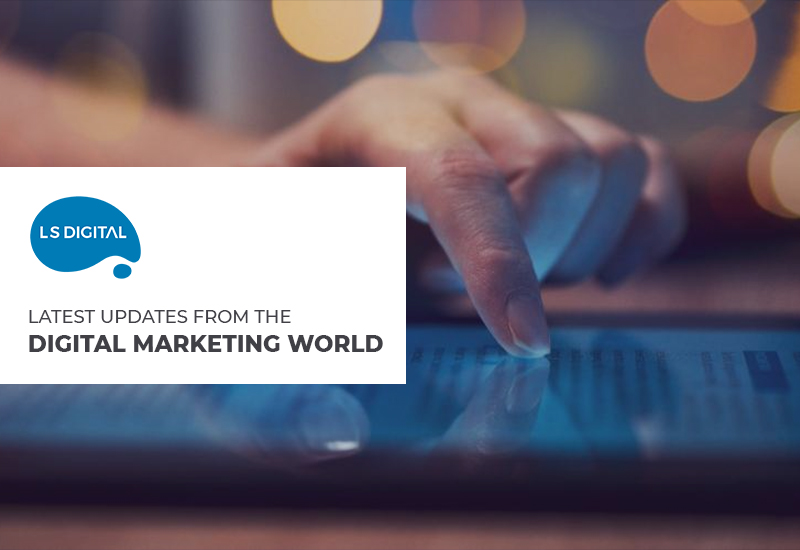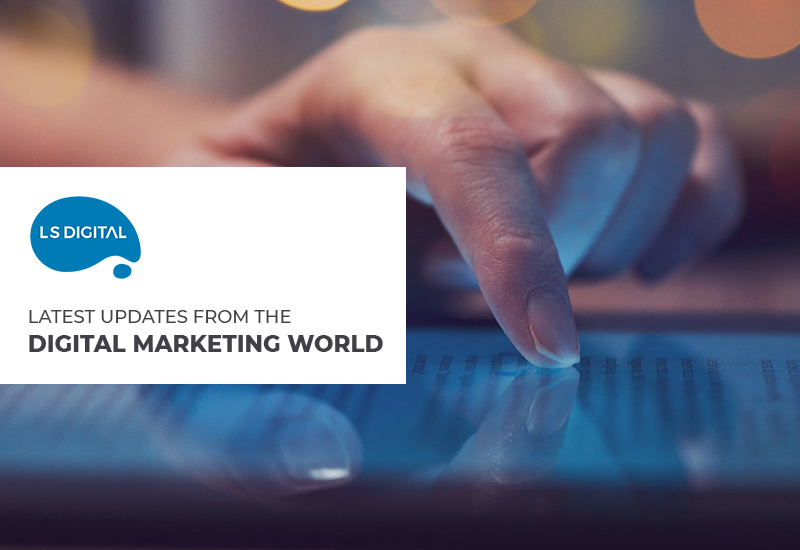- IAB Tech Lab Releases MRAID 3.0 For Creating In-App Rich Media Ads Across Platforms
The IAB Tech Lab announced the release of MRAID 3.0. This version of the Mobile Rich Media Ad Interface Definitions builds on the universal specs for creating in-app rich media ads that can automatically run in any MRAID-capable app, across devices and operating systems. [Source: MARTECH TODAY]
-
Snapchat Adds New Creative Tools, Including Links In Snaps
Originally, only verified users had access, but that option is becoming more widely available – now, verified users and business profiles with more than 10k followers can also use it. But still, those are fairly restrictive requirements, especially since it’s not possible to request verification. [Source: Social Media Today]
-
10 Simple Ways To Improve The Accuracy Of Google Analytics Data
Often, business owners find themselves staring at the Google analytics data and are sceptic about its accuracy. The objective of this post is to help you identify the most common errors of the Google analytics data and provide you ways to fix the errors. [Source: Logicserve Digital]
-
Google Goes After Mobile Native Advertising With New AdSense Formats
Google is plugging the hole that has remained a key weakness in mobile advertising: native ads. On Wednesday, the company announced the launch of native ads for all AdSense publishers. [Source: Marketing Land]
-
Google Maps Will Use Crowdsourcing To Identify Wheelchair-Accessible Locations
Google Maps has rolled out a new editing feature that crowdsources accessibility details about locations or business listings — making it possible for anyone to add details on whether or not a place is wheelchair-accessible. [Source: Search Engine Land]
-
WeLens Introduces Software To Manage Group Screenings Of 360-Degree Video VR
VR is rapidly becoming a way for brands to directly demonstrate the user experience of their products, or to visualize the care with which their products were created. But, since 360-degree video VR was initially created as a solo experience, the management of group screenings has not been a top priority. [Source: MARTECH TODAY]
-
Facebook Introduces 7 Critical Changes To Make It A Real Local Search Player
The leading global search engine, Google has been dominating the search market shares for several years now, and all the efforts by the competitors to steal the market share has been futile. Not to mention, in the mobile search sector, Google with its 95% share holds a monopoly. [Source: Logicserve Digital]
-
Google Posts Are Removed After 7 Days, With One Exception
Google has confirmed that most Google Posts are removed seven days after they are first published. The exception to this rule is Google Posts that are based on upcoming events. Event-based Google Posts are removed after the event date. [Source: Search Engine Land]
-
New Evidence Highlights The Conversion Lift Of Mobile Optimization
No one doubts that the future of marketing is mobile. We reached a significant tipping point late last year, when mobile internet usage exceeded desktop for the first time, and usage worldwide continues to soar. Today we’re spending about 70 percent of our media time and 79 percent of our social media time on mobile. [Source: Marketing Land]
-
Facebook Continues Video Push, Adding New Group Video App And TV-Like Content
Back in 2014, Facebook CEO Mark Zuckerberg said that Facebook would be ‘mostly video’ within five years. Zuckerberg has described video as a ‘mega trend’, of the same magnitude as mobile, which is why they’ve made video a key focus moving forward – and why we can expect to see more video-aligned products and options added to Facebook’s repertoire as the platform advances. [Source: Social Media Today]
Expert Opinion
Data science is changing the way marketers and salespeople are approaching customers.
It involves a variety of techniques, machine learning, data mining and statistical analysis to enable brands to understand their customers closely. These support in analyzing consumer behavioral patterns and accordingly craft communication to reach out to them. The three most common lead generation strategies utilized by brands are email marketing, search and display marketing and content marketing. All these strategies provide a lot of insightful data which can eventually help companies with their sales conversions, thanks to data science technology.
Brands must cull various insights, build and test their hypothesis around the following:
· Who they should target?
· What will be the type of communication?
· Specific landing page based on user journey.
In the long run brands will also be able to discover statistically meaningful correlations between buyer behavior and conversion. Once the lead is generated, marketers can enhance the opportunity by researching about their customers on social media to understand their interests, likes, etc. and giving inputs to the sales team to make the interactions more meaningful.
In future, marketing automation, nurture marketing, predictive analytics, content automation, etc. will help brands engage with their customers effectively and improve conversion.
– Mr. Siddhartha Singh, General Manager Digital & eCommerce, Eureka Forbes Ltd





